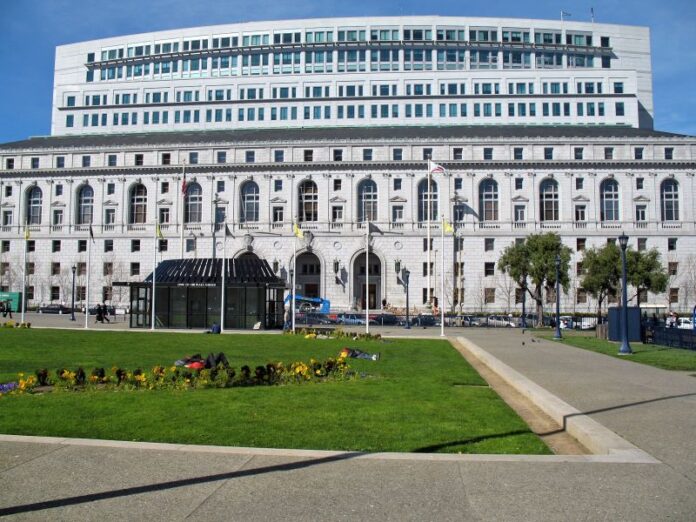Humanity only has “two years to save the world,” is the message from Simon Stiell, United Nations Executive Climate Secretary. He doesn’t mean that the world is going to end in two years; rather there will be a point that no matter what we do, it will no longer be possible to bring the earth’s temperature down to levels scientists claim are acceptable. The next two years are essential to our planet’s current way of life because climate will reach a point of no return climate-wise.
Before April 2023 many of us here in the State of California felt we were contributing to the effort to prevent this pending environmental trouble. Now it seems like a long shot to meet the carbon-free, self-sustaining past goal of 2030, now quoted as 2045, without roof-top solar. The California Public Utilities Commission (CPUC) created a proposal to ‘chip away’ at roof-top solar by removing most of the tangible benefits of Net Metering and in 2022, the CPUC approved Net Metering 3.0 (NEM 3), which largely slashes the financial compensation solar customers receive when solar systems feed solar energy back to the grid. Before customers were basically credited retail rates to send their power back to the grid, but now only receive wholesale rates which utilities purchase their energy for. The ‘payback period’ for purchasing solar went from three to five years to at least five to seven years overnight. Solar rooftop purchases before April 2023 have terms that are ‘grandfathered in’ for 20 years and are not presently affected.
According to the San Diego Union Tribune, 1.8 million Californians have installed rooftop solar at their own cost. Since NEM 3 was implemented, that has dropped between 77 and 85 percent. Solar companies have laid off employees en mass to survive. Purchasing solar still saves money, but many of the benefits of owning or leasing a solar system, even with the addition of a storage battery, have gone away with NEM 3. Coupled with high interest rates on loans and borrowing of money, this new environment Californians find themselves in for saving on their electric bills is challenging, to say the least. Completely offsetting your utility bill with solar and storage is a great challenge due to the new rules and requires a much larger investment.
For Californians who want to get closer to a complete offset of their utility bill, they require solar systems paired with solar storage batteries. Batteries were not required under previous iterations of Net Metering in order to completely offset the electric bill. The way solar storage batteries work is by collecting the excess energy produced by solar panels during the day and – instead of sending this power back to the grid – the batteries store the energy for use in the home later in the day when the solar system production drops off and the sun sets. Most homeowners use a significant amount of energy in the home between the “peak hours” of 4:00pm to 9:00pm, which is when the batteries can begin to discharge their energy to help offset these expensive kilowatt hour periods.
The California Solar & Storage Association has opposed the CPUC, but has been met with resistance by the state. The California Supreme Court, based in San Francisco, has now agreed to hear arguments by Environmental groups: Environmental Working Group, Center for Biological Diversity and the San Diego-based Protect Our Communities Foundation, who are appealing the CPUC’s decision. If the state is worried about the low-income community, wouldn’t it be more advantageous for the state to subsidize the installations of those who cannot afford solar, rather than basically gutting Net Energy Metering in our State?
There have been many ancillary repercussions seen, as well. The decision to slash solar benefits has affected other industries like the electric vehicle industry, construction stores like Home Depot and other solar distributors of all the accessories that are needed to install solar systems. Not to mention, according to the California Solar & Storage Association, California was on pace to lose 22% of all solar-related jobs by the end of 2023. California is now losing solar jobs similar to depression-level layoffs at a time where there is unprecedented federal support for the solar industry and installations.
Though the case is not expected to be heard for a few months, California’s solar industry is calling on the Supreme Court of California to vote in favor of families and small businesses so the high court may overturn the CPUC’s decision for NEM 3. Hopefully California will once again become the national leader in producing clean energy in order to help meet help out our climate goals while providing clean, affordable energy for all its residents.
Written by Pey Shadzi, Chief Operating Officer & Judith Shadzi, VP of Cosmic Solar & Roofing, Inc



















